Ever been cruising down the highway? Jamming out to one of your favorite tracks when suddenly, one of those pesky dashboard warning lights flickers on? Like bruh, right? It's a moment we've all experienced. Not only can it be confusing, but it can also be downright aggy. But those little lights are more than just a nuisance. They're your car's way of saying, "Yo, something's off here, dude." Understanding what they mean can help you keep your vehicle in tip-top shape. So, let's strap ourselves in and journey into the world of dashboard warning lights. "Hey Alexa, play that Dolph."
What's the Deal with Dashboard Warning Lights?
Think of dashboard warning lights as your car's communication system. They're there to give you a heads-up when something's amiss. These lights come in different colors. Each one has its own meaning. Red lights are like your car's panic button. They signal that immediate action is needed. Orange or yellow lights are a bit more chill. They suggest that you might want to get something checked out soon. Knowing what these symbols mean is key to keeping your car happy and healthy.
Why Should I Care About Dashboard Warning Lights?
Dashboard warning lights are like your car's personal health check. They let you know when something's not quite right. These lights can help you prevent minor issues from turning into major problems. Ignoring these lights is like ignoring a toothache. It might not seem like a big deal at first, but it can lead to bigger problems down the line. So, let's take a closer look at some of the most common dashboard warning lights.
Common Dashboard Warning Lights: A Closer Look
![]()
Engine Warning Light
This little light is your car's way of saying, "Hey homie, something's up with my engine." It could be anything from a loose gas cap to a serious engine malfunction. When this light comes on, it's time to take action. Like right now!
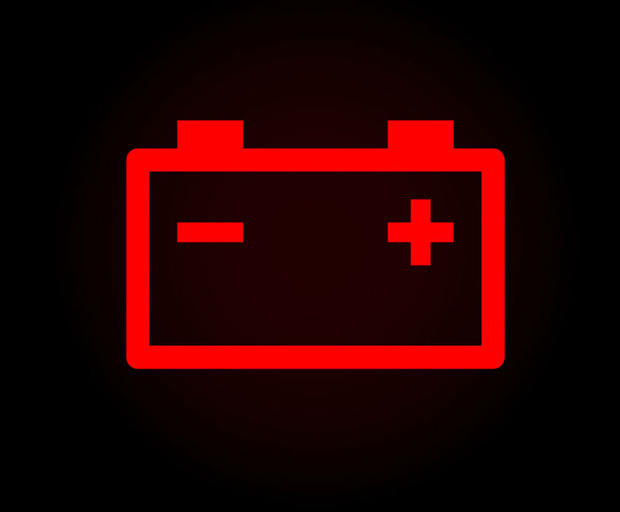
Battery Warning Light
This light is like your car's energy meter. If it stays on, it means your battery isn't getting enough juice. You'll need to put on your big boy or big girl pants and look under the hood now.

Oil Warning Light
This light is your car's way of telling you it's thirsty. Basically, it means your oil pressure is low. It can also mean your oil level or temperature is too high. When this light comes on, it's time to give your car some of that Texas Tea!
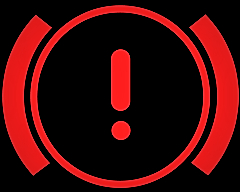
Brake System Warning Light
This light is your car's way of saying, "Hey, my brakes need some attention." It signals a potential issue with your brake hydraulic system. Once this light comes on, it's time to hit the brakes and get things checked out.

ABS Warning Light
This light is your car's way of telling you there's a problem with your anti-lock braking system. This system helps you stay in control of your vehicle during hard braking. If this light comes on, it's time to take action.
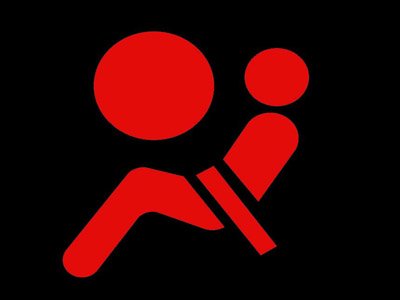
Airbag Warning Light
This light is your car's way of saying, "Hey, my airbags or seatbelts need some attention." When this light comes on, it's time to buckle up and get things checked out.

Tire Pressure Warning Light
This light is your car's way of telling you your tire pressure is too low or too high. Regularly checking your tire pressure can help prevent this light from coming on.
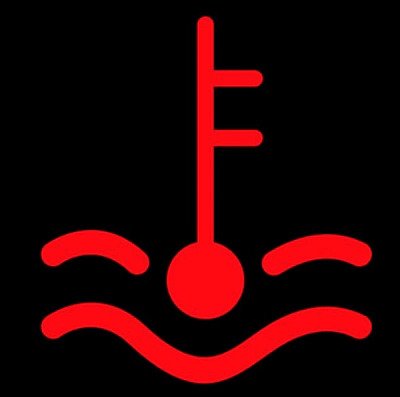
Coolant Temperature Warning Light
This light is your car's way of saying, "Hey, I'm getting a little hot under the hood." When it comes on, it's time to cool things down.
Less Common Dashboard Warning Lights: The Unsung Heroes
Now that we've covered the most common dashboard warning lights, let's spotlight some lesser-known but equally important ones. These unsung heroes might not appear as often. It's still worth paying attention when they do.

Power Steering Warning Light
This light is your car's way of saying, "Hey, my steering needs some attention." If this light comes on, it's time to steer your car to a safe place and take immediate action. You might be able to top up the power steering fluid temporarily. Taking your vehicle to a certified technician for a permanent solution is crucial.
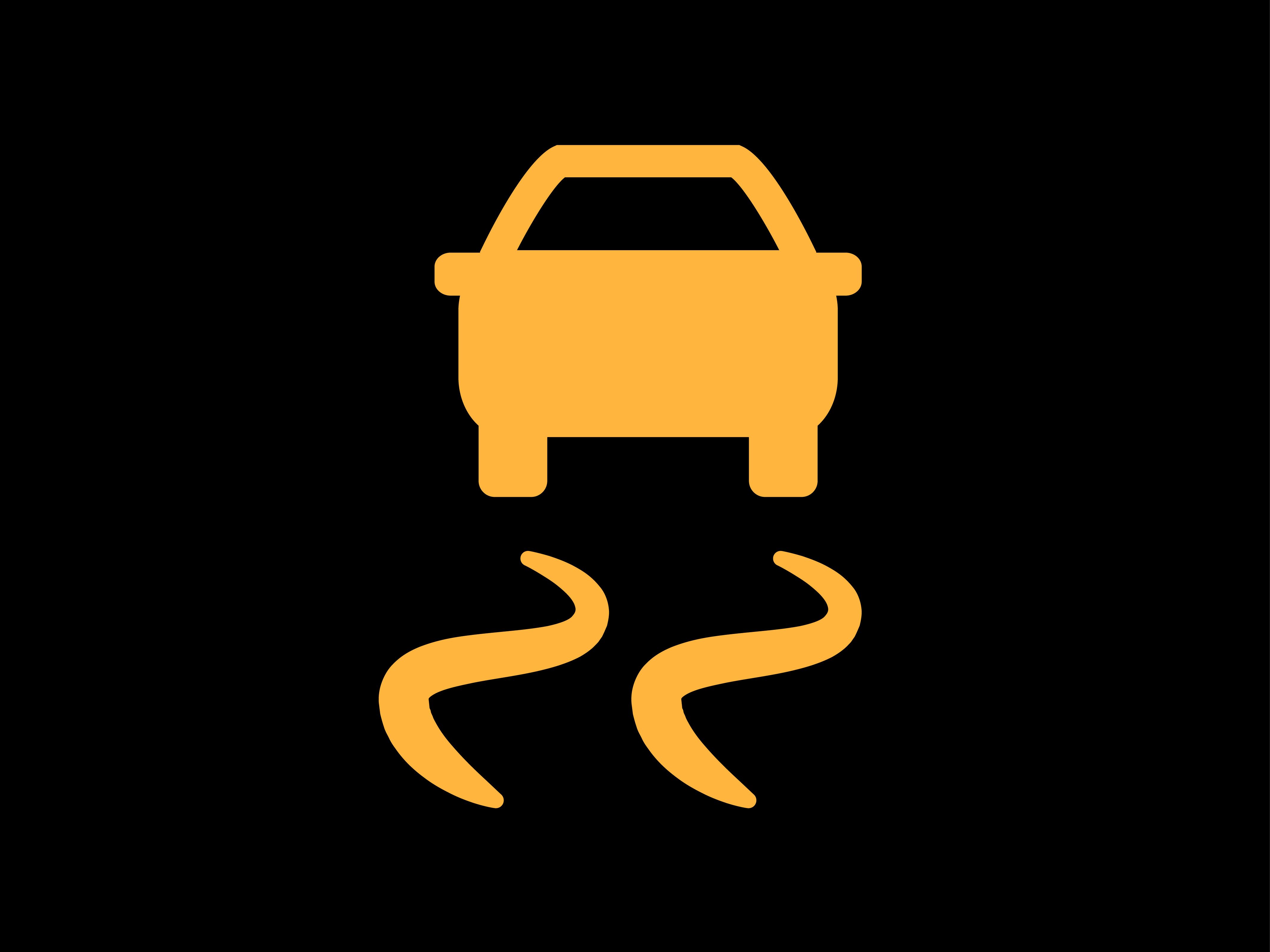
Traction Control Warning Light
This light is your car's way of warning you that you might be about to lose your grip. It's an important indicator that there could be an issue with the wheel speed sensor, computer, or wiring. Whenever this light comes on, it's time to take it seriously. You should get your car checked out by a professional mechanic.

Exhaust System Warning Light
This light is your car's way of saying, "Hey, there's something wrong with my exhaust system." It usually indicates a problem with the exhaust particulate filter. This filter helps reduce emissions by removing harmful soot from the exhaust gases. If this light comes on, it's time to check your car out as soon as possible. This should help you avoid more serious damage.
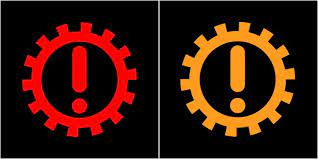
Transmission Warning Light
This light is your car's way of telling you there's a problem with the gearbox. It could be caused by low fluid levels or excessive wear on the internal workings of the transmission. As soon as this light comes on, it's time to shift gears and address the issue as soon as possible to prevent permanent damage to your car's powertrain.
![]()
Adaptive Headlights Warning Light
This light is your car's way of alerting you to a malfunction with the adaptive headlights system. This system automatically adjusts the headlights to provide better visibility when turning corners or driving on curved roads. As soon as this light comes on, it's time to light up the issue and address it promptly to ensure optimum safety on the road.
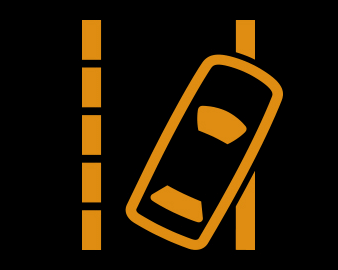
Lane Departure Warning Light
This light is a feature of newer car models that detects when the vehicle is moving out of its current lane without signaling. It's like your car's way of giving you a gentle nudge to stay in your lane. However, it's important to remember that this technology is an aid, not a replacement for attentive driving.

How to React When a Warning Light Comes On
Now that we've covered the lesser-known warning lights, let's talk about what to do when one comes on.
Immediate Actions to Take
If a warning light comes on, it's important to take immediate action. Find a safe place to park your car. You should also consult your vehicle manual to determine the cause of the warning light. Remember, ignoring warning lights is like ignoring a rattlesnake in your sleeping bag - it could lead to bigger, more dangerous problems.
Prevention Steps to Avoid Warning Lights
It's easier to stop something from happening in the first place than to repair the damage after it has happened. Cars are no exception. To avoid dealing with warning lights on your dashboard, it's important to follow a few preventative steps. This means you should:
- Regularly check your oil level
- Have your brakes and tires checked
- Keep up with any scheduled maintenance for your vehicle
Being proactive can save you from potentially costly repairs and keep your car running smoothly. After all, prevention is better than cure!
Wrapping Up: Your Car's Language, Decoded
Thanks for getting this far! In this article, you looked at the most and less common dashboard warning lights. You learned that these lights are your car's way of communicating with you. They alert you when your car needs your attention. Avoid ignoring them at all costs.
Understanding and acting on these lights is essential to your car's health. The best defense is prevention. You can stay ahead of these warning lights with regular maintenance.
Don't panic the next time you see a dashboard warning light. See it as your car's way of asking for some TLC. After all, a well-maintained car makes for a smooth journey. Stay safe!



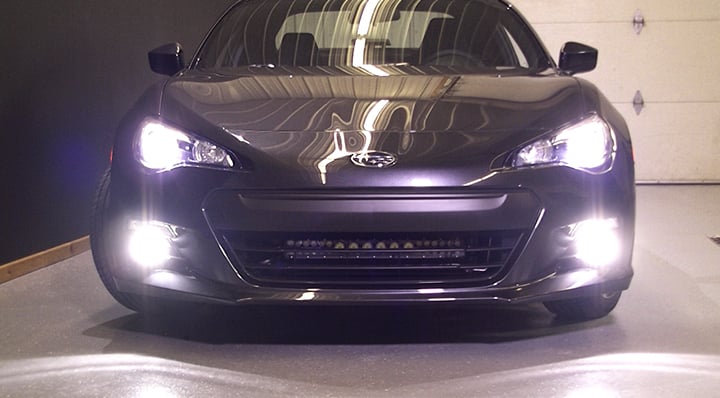

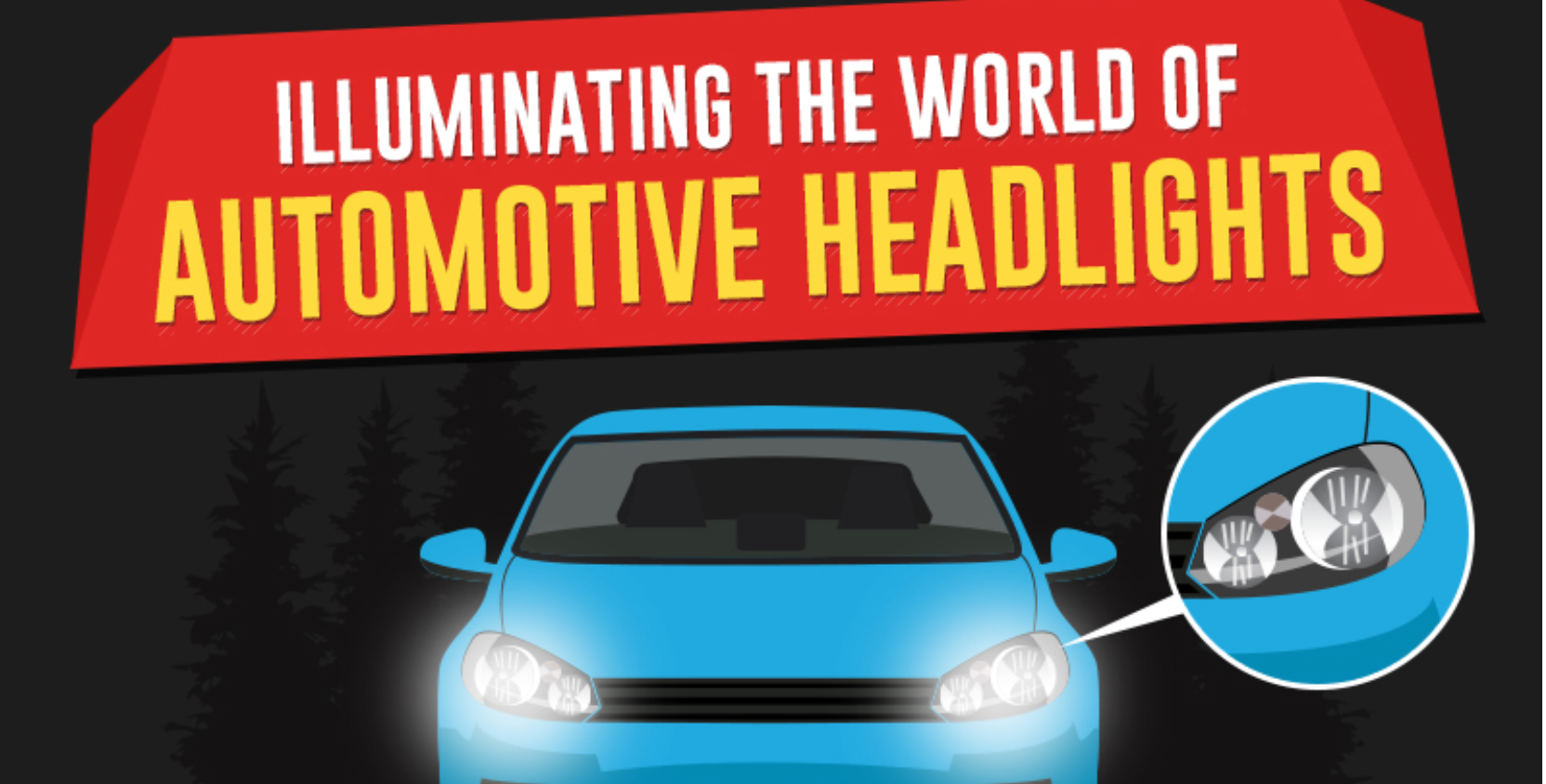
.png?width=300&height=87&name=logo%20(1).png)